Getting Started With People Analytics
Sisense
OCTOBER 27, 2020
According to a 2020 LinkedIn report , only about 29% of HR professionals report being able to successfully use insights about their people. Given that the average enterprise company now has 15-19 HR systems feeding it information and 85% of leaders say that people analytics are very important to the future of HR, this clearly has to change!





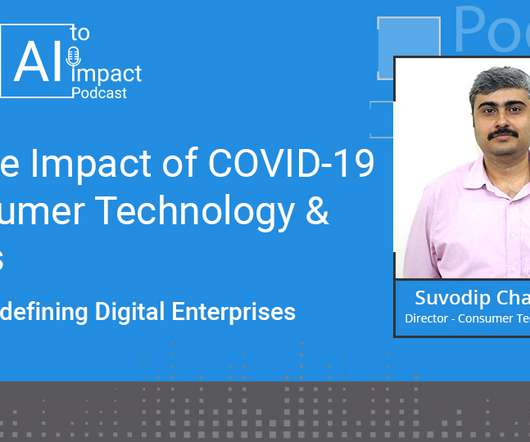

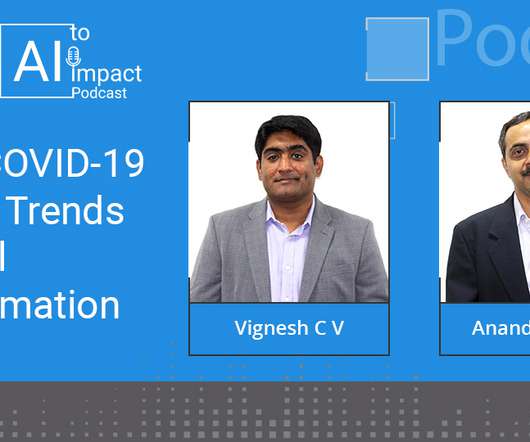

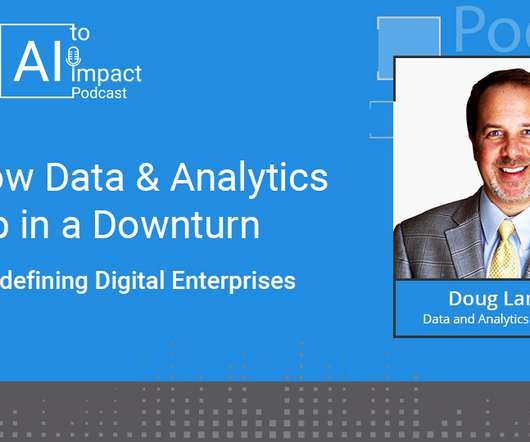
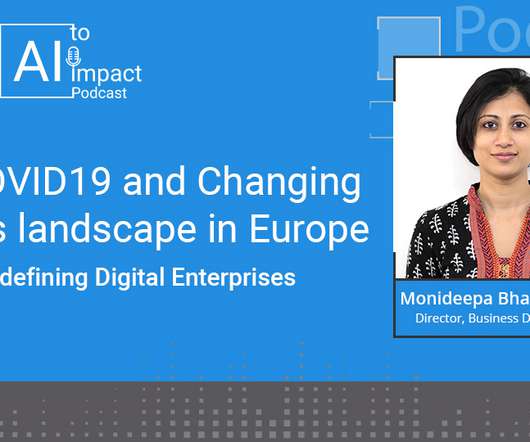
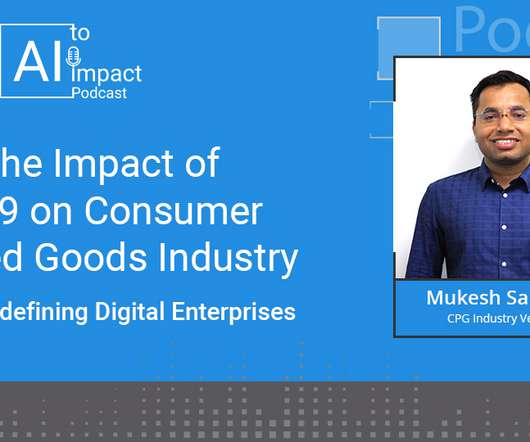








Let's personalize your content